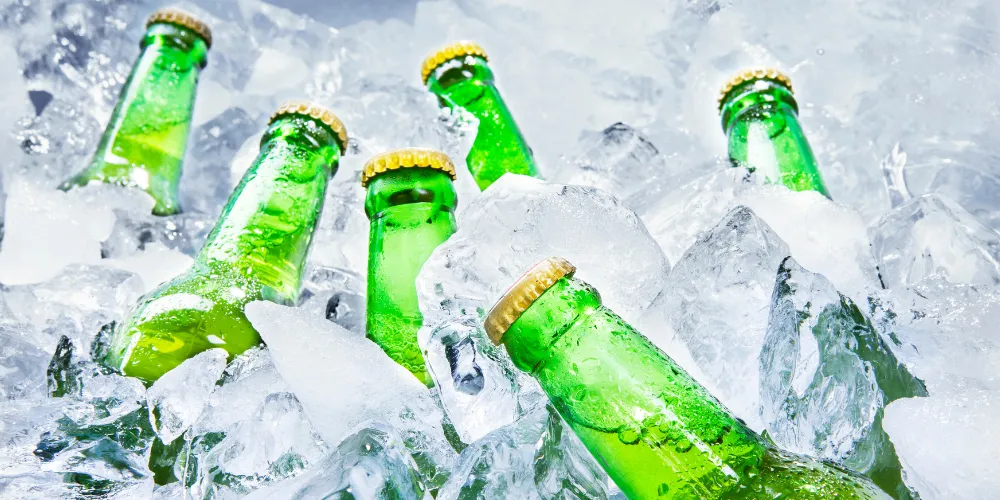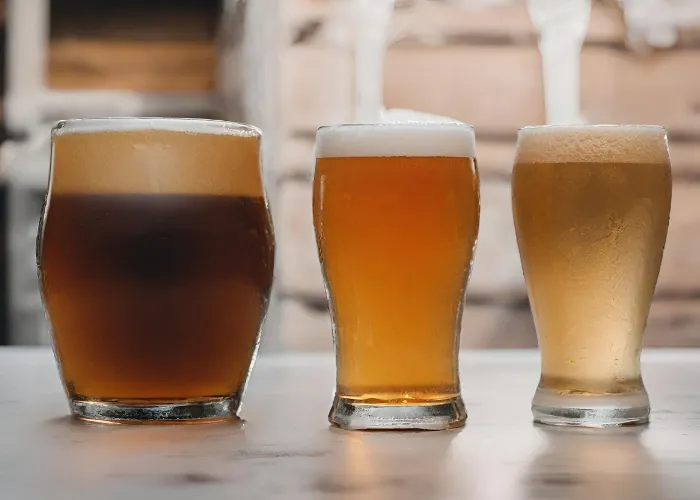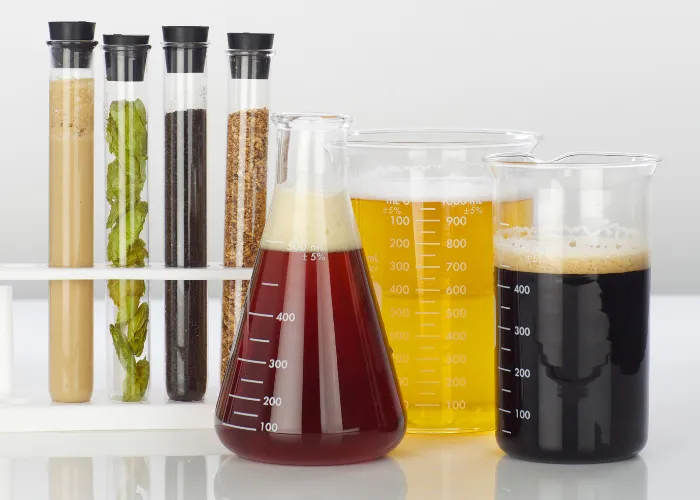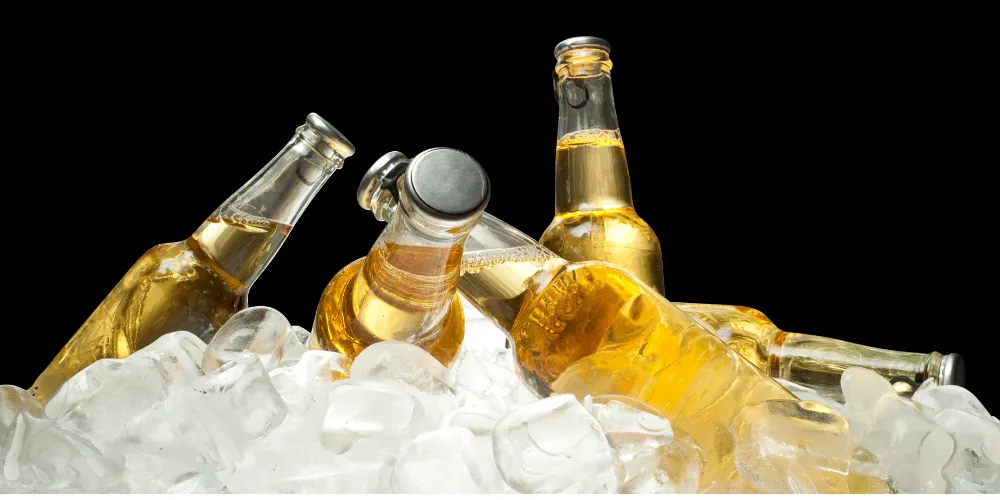Thawing Your Frozen Brew
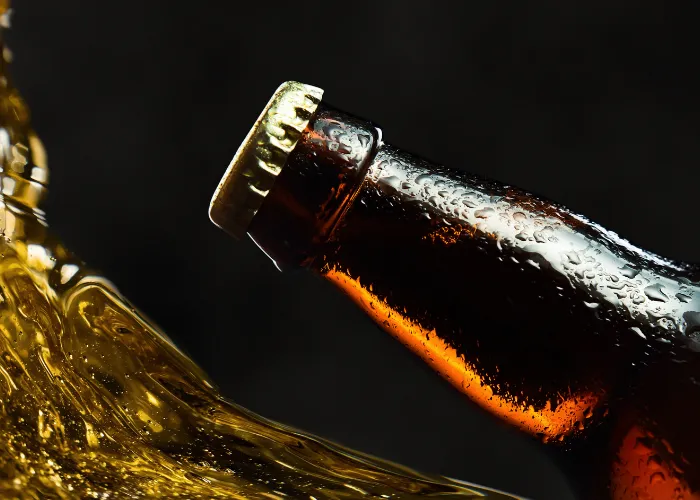
When you find your beer has turned into a frosty artifact, the thawing process is crucial to restoring its enjoyable qualities.
Thawing beer is not just about melting the ice; it’s about reviving the beer’s inherent flavors and carbonation that may have been affected by freezing. Here’s how to do it right:
- Gradual Thawing: The key is to avoid sudden temperature changes. Rapidly thawing beer can cause pressure changes inside the container, potentially altering the beer’s carbonation and flavor. The best method is transferring frozen beer from the freezer to the refrigerator. This slower thawing process allows the beer to gradually return to liquid without shocking its delicate balance.
- Consistent Temperature: Once in the refrigerator, maintain a steady and consistent temperature. Fluctuations can further impact the beer’s quality. The ideal refrigerator temperature for thawing beer is around 4°C (39°F). At this temperature, the thawing process is slow enough to be gentle but efficient enough to be practical.
- Observation: Keep an eye on your beer as it thaws. This is to gauge the progress and check for any signs of spoilage or leakage. If the beer’s container has expanded or deformed during freezing, there’s a risk it might have compromised the seal. A broken seal can lead to oxidation, affecting the beer’s taste.
- Testing for Quality: Once your beer has thawed completely, do a quick quality check before drinking. Open the beer and listen for the sound of carbonation releasing, which is a good sign. Pour a small amount into a glass and check for off-putting odors, unusual colors, or flatness. If everything seems normal, you’re good to go.
- Serving Temperature: Remember, the ideal serving temperature for beer varies depending on its type. Ales are best enjoyed at slightly warmer temperatures than lagers. Allowing the beer to sit at room temperature for a few minutes after thawing (especially for ales and stouts) can enhance its flavors and drinking experience.
By following these steps, you can effectively thaw your beer, preserving its quality and ensuring it’s as enjoyable as it was meant to be.
Remember, patience is key in thawing – rushing can diminish the qualities that make your beer unique.
The Impact of the Big Freeze on Beer Quality

Preventing the Big Chill

Tech Tools for Temperature Control
Technology stands as a key ally in the fight against beer freezing. Smart fridges and precision temperature systems are particularly beneficial for home brewers.
These systems do more than just cool; they actively monitor temperature shifts. They alert you when temperatures drop too low, which prevents accidental freezing.
For home brewing enthusiasts, Wi-Fi-enabled sensors are a wise choice. You can place these sensors in your brewing area or storage space.
They provide real-time temperature updates and alerts directly to your smartphone. This information lets you adjust conditions to protect your beer’s quality.
Home Brewing Wisdom
Consistency in brewing temperature is essential. Unexpected temperature drops can lead to freezing, which affects your beer’s quality. By keeping your brewing environment stable, you ensure the proper development of your brew.
It’s essential to know your beer’s ideal temperature range. For example, lagers require cooler fermentation temperatures than ales.
However, these temperatures must still be above freezing. A dedicated beer fridge or controlled brewing space helps maintain these conditions. Regular temperature checks and adjustments are crucial for successful brewing.
Using modern technology and careful monitoring can safeguard your beer from freezing. This approach ensures every batch achieves its full flavor potential.
Health and Safety – No Compromises

Thawed Beer: Safe or Not?
Regarding thawed beer, safety is generally assured as long as the beer hasn’t been contaminated. Trusting your senses here is essential; a smell that’s off or seems strange is a warning sign.
From a scientific standpoint, if the beer’s seal was compromised during freezing, the risk of spoilage is higher. This breakage can allow air and contaminants to enter, potentially leading to spoilage.
Detecting Spoiled Beer
To identify spoiled beer, pay attention to:
- Appearance: Watch for color changes. Beer that appears unusually cloudy or has sediment might indicate spoilage.
- Smell: Be alert to the odor. A sour, musty, or generally unpleasant smell is a strong sign the beer may be spoiled.
- Texture: Notice the feel of the beer. A syrupy consistency or excessive flatness can suggest the beer has gone bad.
If you notice any of these signs, it’s best to discard the beer to avoid potential health risks.
Remember, while the chances of beer becoming harmful after freezing and thawing are low, being attentive to these signs is vital for ensuring that your beer is enjoyable and safe.
